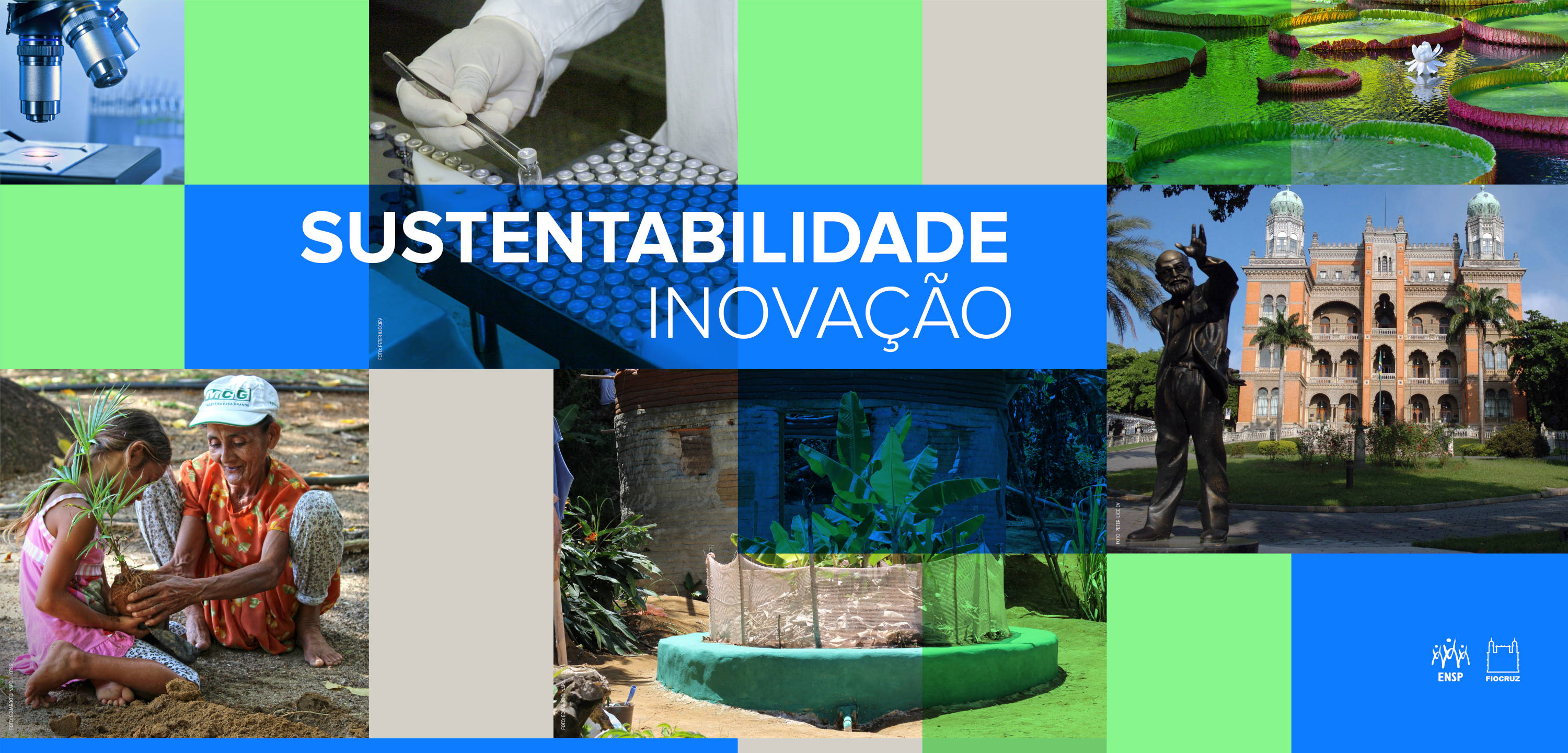Stricto Sensu
Sobre
A ENSP oferece seis programas de pós-graduação Stricto Sensu, sendo quatro acadêmicos e dois profissionais. Os acadêmicos abrangem políticas e gestão em saúde, ciências sociais, epidemiologia, estatística, vigilância e saúde ambiental, além de bioética e ética aplicada à saúde, promovendo uma formação interdisciplinar. Os programas profissionais capacitam especialistas para atuar em epidemiologia e na gestão de políticas públicas de saúde, com ênfase em planejamento, execução e avaliação de políticas, visando soluções práticas para os desafios contemporâneos. Todos os programas integram ensino, pesquisa e prática, formando profissionais altamente qualificados para enfrentar desafios da saúde pública.
Os Programas de Pós-graduação da ENSP possuem uma gama de estratégias de apoio aos discentes, conforme as diretrizes e políticas internas institucionais da Fiocruz, orientadas pelo compromisso de fortalecer a formação dos discentes, visando contribuir para a redução das desigualdades estruturais que se expressam na saúde, na educação e na ciência. Ademais, busca estabelecer estratégias de promoção à equidade no ensino e promover sustentabilidade à permanência dos discentes.
 Saúde Pública
Saúde Pública  Saúde Pública e Meio Ambiente
Saúde Pública e Meio Ambiente  Epidemiologia em Saúde Pública
Epidemiologia em Saúde Pública  Bioética, Ética Aplicada e Saúde Coletiva
Bioética, Ética Aplicada e Saúde Coletiva  Saúde Pública
Saúde Pública  Epidemiologia em Saúde Pública
Epidemiologia em Saúde Pública